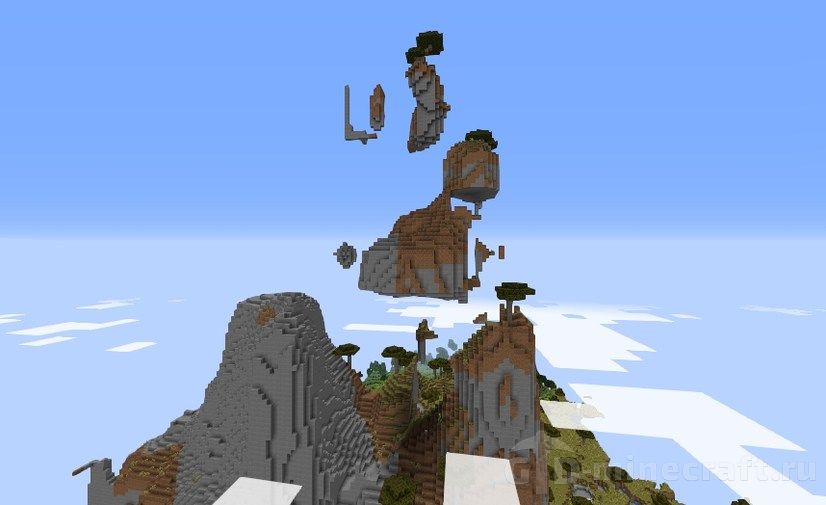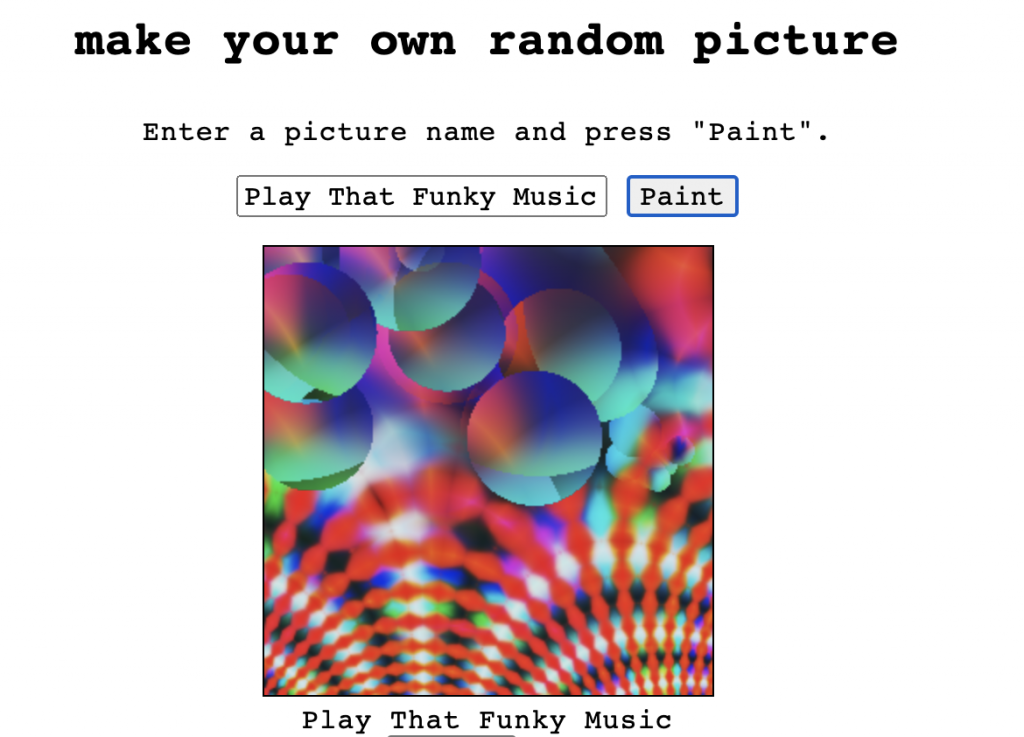//cbtruong;
//Section B;
var secondVal;
var minuteVal;
var hourVal;
var monthVal;
var sixtyCircleX = [];
var sixtyCircleY = [];
var sixtyCircleX2 = [];
var sixtyCircleY2 = [];
var hourAngle = [];
function setup() {
createCanvas(480, 480);
background(220);
text("p5.js vers 0.9.0 test.", 10, 15);
secondVal = second();
minuteVal = minute();
hourVal = hour();
monthVal = month();
for (var i = 0; i < 8; i++){
hourAngle.push(i*45);
}
for (var y = 10; y < 120; y += 20){
for (var x = 10; x < 200; x += 20){
sixtyCircleX.push(x);
sixtyCircleY.push(y);
}
}
for (var y2 = 370; y2 < 480; y2 += 20){
for (var x2 = 290; x2 < 480; x2 += 20){
sixtyCircleX2.push(x2);
sixtyCircleY2.push(y2);
}
}
}
function draw() {
background(205, 202, 240);
timeOfDay(hourVal);
for (var i = 0; i < 8; i++){
noStroke();
fill(230, 100, 120);
if (i > hourVal % 8){
fill(27, 30, 35);
}
hourSquare(hourAngle[i]);
hourAngle[i] += 0.1;
}
for (var j = 0; j < 60; j++){
fill(100, 230, 120);
if (j > secondVal){
fill(240);
}
sixtyCircleTime(sixtyCircleX[j], sixtyCircleY[j]);
}
for (var l = 0; l < 60; l++){
fill(120, 120, 230);
if (l > minuteVal){
fill(240);
}
sixtyCircleTime(sixtyCircleX2[l], sixtyCircleY2[l]);
}
for (var m = 180; m <= 480; m += 25){
fill(240);
if (m >= monthVal*22.5){
fill(45, 67, 89);
}
push();
translate(-60, 20);
rotate(radians(330));
monthTri(20, m);
monthTri(260, m);
pop();
}
}
function hourSquare(hourAngle){
push();
translate(230, 230);
square(80*cos(radians(hourAngle)), 80*sin(radians(hourAngle)), 20);
pop();
}
function timeOfDay(hourValue){
if (hourVal > 15){
fill(227, 111, 30);
}
else if (hourVal < 15 & hourVal > 7){
fill(252, 209, 77);
}
else {
fill(27, 30, 35);
}
circle(240, 240, 100);
}
function sixtyCircleTime(x, y){
circle(x, y, 20);
}
function monthTri (x, y){
triangle(x, y, x + 20, y, x + 10, y + 20);
}
I had grander ideas for an Abstract Clock, but I decided to do one that was practical. This one tells the months (the triangles that fill up according to the month), seconds and minutes (the circles arrays – the upper are seconds and the lower are minutes). And finally, the time of day (which I split into 3, Morning (7-15), Afternoon (15-23), and Night (23-7)) and the hours passed of each time. It is very basic.
![[OLD SEMESTER] 15-104 • Introduction to Computing for Creative Practice](../../../../wp-content/uploads/2023/09/stop-banner.png)








![엄마표 과학] 만공한국사, 자격루 만들기 - 물시계의 원리 : 네이버 블로그](https://mblogthumb-phinf.pstatic.net/MjAyMDEyMDRfMjg4/MDAxNjA3MDY2NzUzOTk1.ufP6_lAdb35EGk3w5uEJPKdUP9PmM9TOq8yd6zCxUpQg.pMTPFAdfHiPkeI7L9y0FJTTtCI1os2z5rg4uD0K6SGMg.PNG.imp421/image.png?type=w800)
